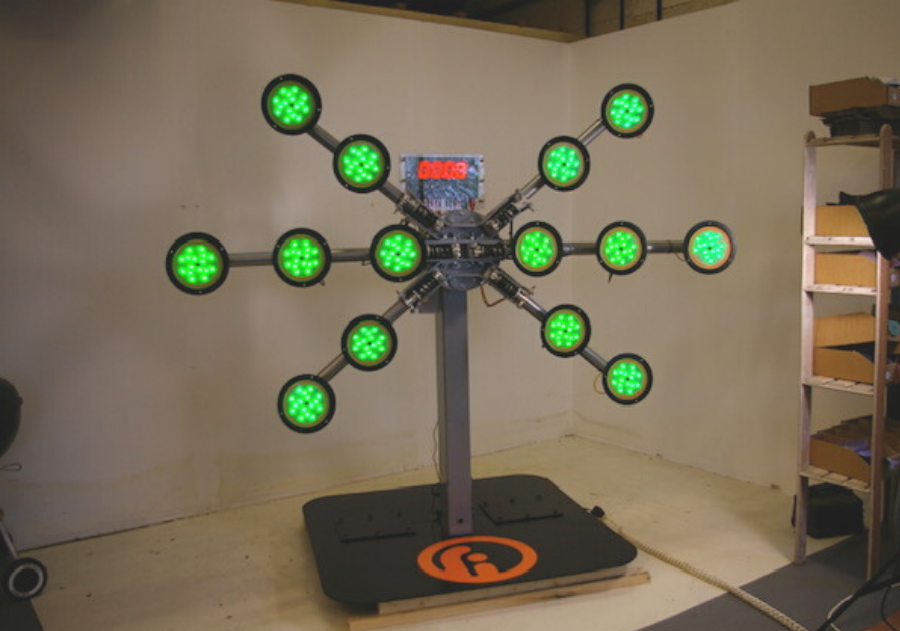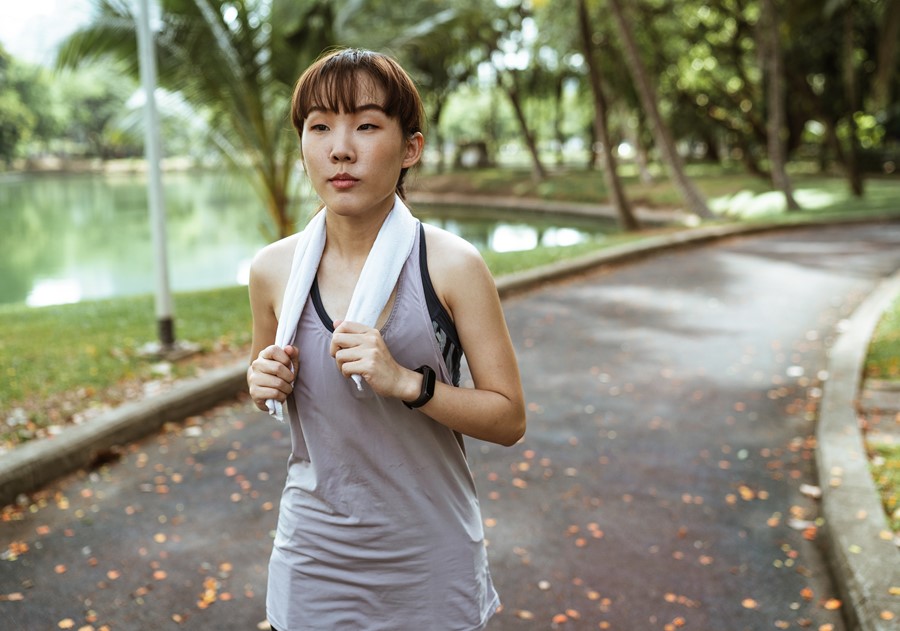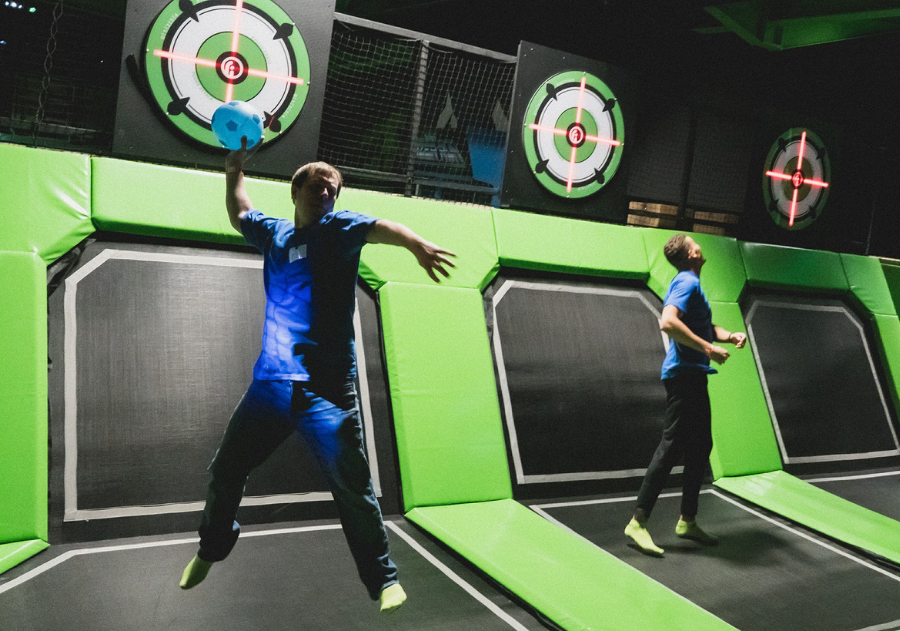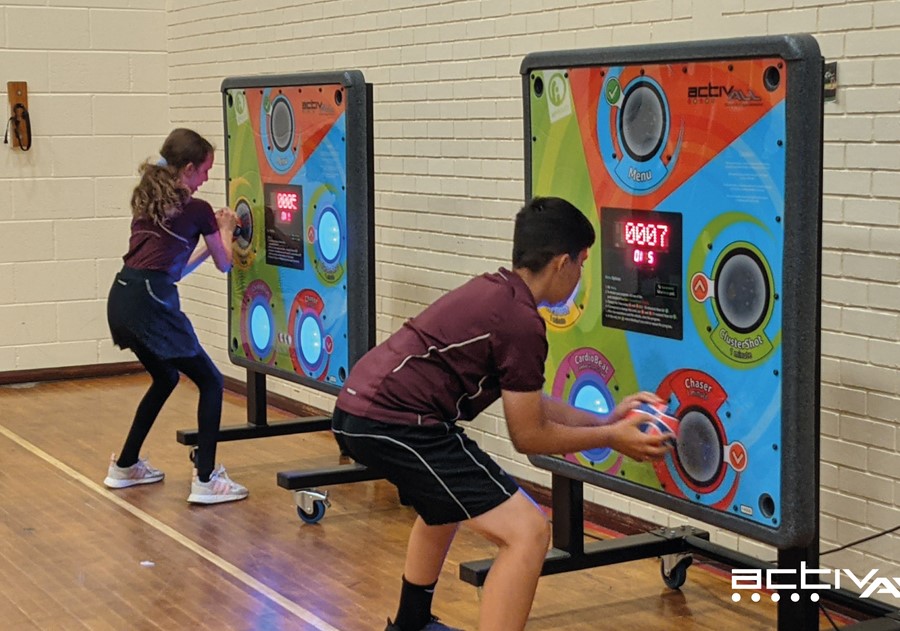
Regardless of age, being active is fundamental for our physical and mental health and wellbeing. Whether it’s structured exercise or just habits incorporated into our daily lifestyle, such as taking the stairs instead of escalators or walking instead of driving; it’s all good for us.
In general, children are more active than adults. With endless amounts of energy and a care-free attitude, they run everywhere, climb on anything they can, and play at every available opportunity. However, as children grow into adolescence, physical activity levels are often reduced. So, here poses a dilemma for the education system – how much emphasis should be placed on being active within school and encouraging exercise outside of school?
Physical Activity in Schools
It is recommended for pupils to achieve 30 minutes of physical activity during the school day, and 30 minutes outside of school time. At school, physical activity can be achieved through structured activity, such as P.E. lessons, or unstructured activity during break and lunch times. Outside of school hours, exercise is most commonly attained through extracurricular activities, sports clubs and/or walking or cycling to school.
Despite P.E. being a statutory subject in the national curriculum, and schools allocating several break and lunch times each day to encourage activity and play, very few pupils attain the recommended levels of daily physical activity. A study by Sport England found less than half of pupils achieve 30 minutes of physical activity at school, and just over half achieve this outside of school. The big question is, how can we improve these figures?
Many would argue that scheduled P.E. lessons once or twice a week are insufficient. For pupils who aren’t interested in having a kick-about or run around at break time, they’ll likely not participate in any physical activity during their school day, especially if they don’t have a P.E. lesson and are driven to and from school. For those pupils who go home and participate in organised sports and recreation, it’s not the end of the world… However, it is a problem for those pupils who cannot regularly participate in outside-of-school activities. Additionally, there is a body of evidence that shows children can be put off exercise in school if P.E lessons and sport focus on being too competitive, rather than inclusive and skills related. Therefore, ensuring schools can provide a range of sports and activities is key to engaging more pupils.

The Disadvantage Gap
Children from low-income families participate in less exercise and physical activity compared their more affluent classmates. This is likely due to a lack of expendable income, resources, and time parents can offer their children in order to participate in structured recreation. However, when pupils from low-income backgrounds do participate in physical activity and sport, the impact is particularly strong – with improvements seen not only to their physical ability, but to their emotional and social development too. This may be due to the fact that these pupils have fewer opportunities to participate in such activities, and therefore the benefits are far greater when they do have these experiences. This further highlights the importance for schools to provide varied exercise opportunities each day.
Why Giving Pupils More Opportunities to be Active is Key
There is a wealth of research which evidences the benefits of exercise, not just for adults, but for children and adolescence too. Aside from the many physical advances, there are a vast number of improvements seen in mental health such as improved mood, energy, judgement, thinking and learning skills, and better quality of sleep, to name a few.
A study by Cambridge University1 analysed data from more than 4,000 children in England and found those pupils who do more physical activity are likely to have stronger ‘self-regulation’ of their emotions. This had positive knock-on effects on academic achievement.
Advocating this, St James Primary School in Bradford have introduced ‘Enrichment hour’, during which pupils can choose from a number of activities, including tag rugby, golf, soft archery, wall climbing, cheerleading and many more. The school is in the top 10% of deprived areas of Bradford and since introducing this initiative they have increased their academic attainment level of 27% to 63%!2
This is a simple introduction to the school day, but already appears to be having a huge impact on the lives of the pupils here.
Are We Placing Enough Importance on P.E. and Physical Activity?
In general, it’s been shown that the more active children are, the happier and healthier they are both physical and mentally, which can lead to improvements in academic achievements. So, are we as a nation, placing enough importance on our children’s physical activity? It’s essential for schools to provide children with regular opportunities to exercise so they can achieve and be happy in other areas of their life. It’s also essential to provide pupils with the skills and knowledge to independently lead an active and healthy lifestyle beyond school. But, are we placing enough importance on that?
The department for Education has recently confirmed £320 million funding for the Primary P.E and Sport Premium for 2021/2022 which will contribute to our recovery from the pandemic. With children being heavily impacted by lack of school time and organised sports, this should support schools and sport trusts to provide greater opportunities to children.
For Rugged, we believe that the more opportunities we can give children to be active and enjoy it, the better. That’s why we’re working in partnership with Anomaly Group to help distribute our ActivAll speed and reaction walls to hundreds of primary schools across the UK. It’s fantastic to see so many young people having fun whilst improving motor-skills, fitness and building friendships through the power of activity.
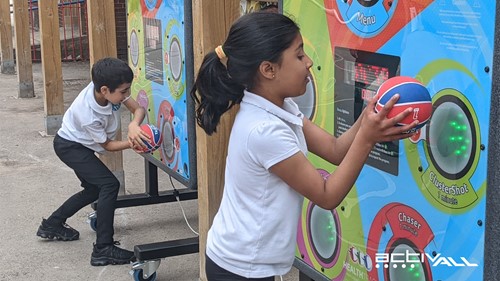
References
- https://www.cam.ac.uk/research/news/physical-activity-may-help-to-close-the-wealth-gap-in-school-attainment-by-improving-self-control
- https://www.bbc.co.uk/sport/57070581
by Jack Stenner
By Simon Heap, Creative Director
I designed the Pro-X Elite as the ultimate solution to a problem that I’d begun…
All movement matters. Whether it’s walking up the stairs rather than cruising up in a lift, a lunchtime jog rather…
Welcome back to our ‘Best For’ series where we highlight some of our best picks for your indoor adventure centre.…
